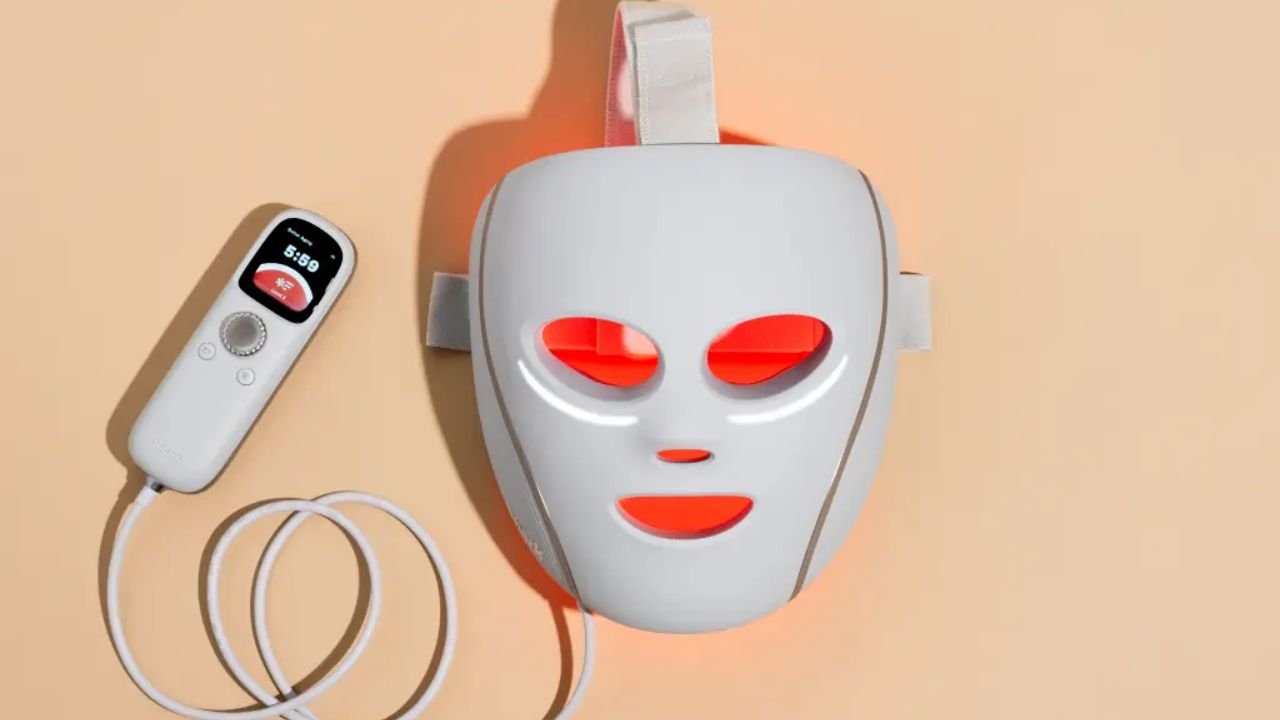If you’ve been scrolling through skincare TikTok or browsing beauty aisles lately, chances are you’ve come across those futuristic-looking LED light therapy masks. But what exactly is LED light therapy, and can you really use it safely and effectively at home? The short answer: Yes! This guide breaks down everything a beginner needs to know to get started with LED light therapy at home.
What is LED Light Therapy?
LED (Light Emitting Diode) light therapy is a non-invasive skincare treatment that uses varying wavelengths of light to target specific skin concerns. Originally developed by NASA for wound healing, it’s now widely used in dermatology clinics and at-home devices to help treat acne, signs of aging, inflammation, and more.
Each light color penetrates the skin at a different depth and serves a different purpose:
- Blue light (around 415 nm): Targets acne-causing bacteria.
- Red light (around 630-660 nm): Stimulates collagen production and reduces inflammation.
- Green light (around 525 nm): Evens skin tone and reduces pigmentation.
- Yellow light (around 590 nm): Soothes the skin and improves circulation.
- Near-infrared light (above 800 nm): Reaches deeper layers of skin to promote healing and reduce fine lines.
Benefits of Using LED Light Therapy at Home
- Convenience: No need for expensive spa visits—you can treat your skin in your pajamas.
- Cost-effective: A one-time purchase can give you months (or years) of use.
- Consistency: Regular use gives better results, and having a device at home makes this easier.
- Non-invasive: No needles, no downtime—just light and relaxation.
Choosing the Right Device
Not all LED masks or handheld devices are created equal. Look for:
- FDA-cleared or clinically tested devices for safety and effectiveness.
- Wavelength details: Make sure the device specifies which light wavelengths it uses.
- Multiple light settings if you want to address more than one skin issue.
- Comfort and fit: Especially for face masks—check that it fits well and isn’t too heavy.
How to Use LED Light Therapy at Home
Here’s a simple step-by-step routine for beginners:
- Start with clean skin: Wash your face with a gentle cleanser to remove makeup, oil, and dirt.
- Choose the right light: Select the color/light setting based on your skin concern (e.g., blue for acne, red for anti-aging).
- Set the timer: Most devices recommend a treatment time of 10–20 minutes. Don’t overdo it—more isn’t always better.
- Wear protective eyewear if needed: Some masks come with eye shields or goggles to protect your eyes from bright lights.
- Stay consistent: Use it 3–5 times per week for best results. Results typically start to show after 4–6 weeks of regular use.
- Follow up with skincare: After the session, apply your serums or moisturizers—your skin may absorb them better.
Safety Tips
- Stick to the instructions: Overuse can cause skin sensitivity or dryness.
- Avoid if you have certain conditions: If you’re pregnant, on photosensitizing medications, or have certain skin disorders, consult a dermatologist first.
- Watch for irritation: While rare, if you notice redness or discomfort, reduce frequency or stop use and speak to a professional.
What to Expect
LED therapy isn’t a miracle overnight fix. It’s more like a gym membership for your skin—it works best with consistent effort. Improvements in acne, texture, and fine lines may become noticeable over several weeks. Keep a skincare journal or take weekly selfies to track progress.
Final Thoughts
LED light therapy at home is a great tool in your skincare arsenal—easy, effective, and backed by science. Whether you’re targeting stubborn breakouts, dullness, or early signs of aging, incorporating LED therapy into your weekly routine can help you glow with confidence. Just remember: patience and consistency are key.
So go ahead, put on that glowing mask and relax—you’re just a few sessions away from brighter, healthier skin.



